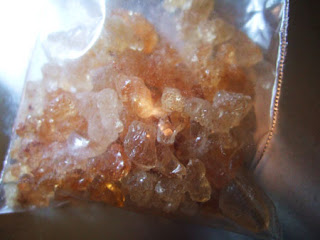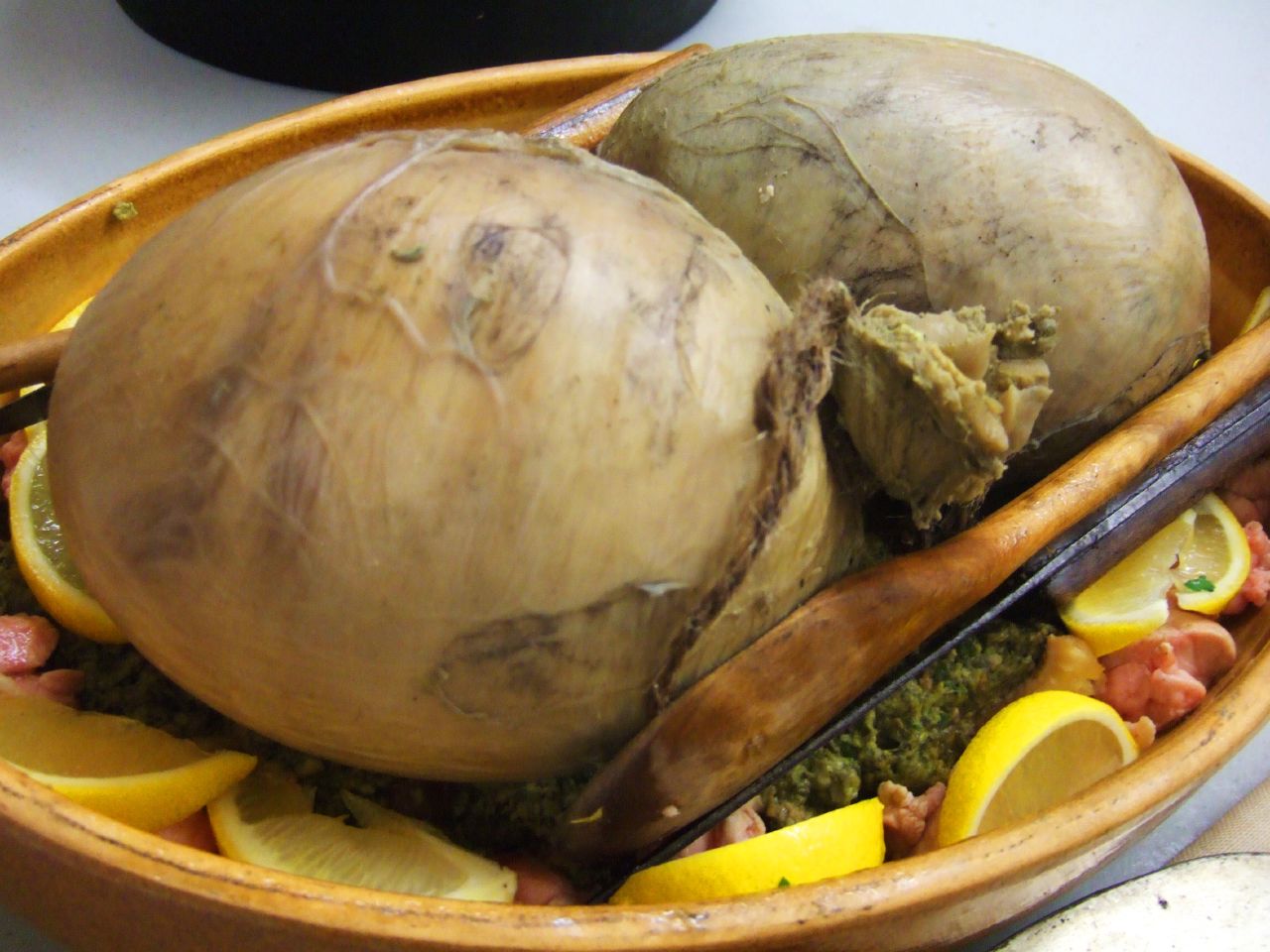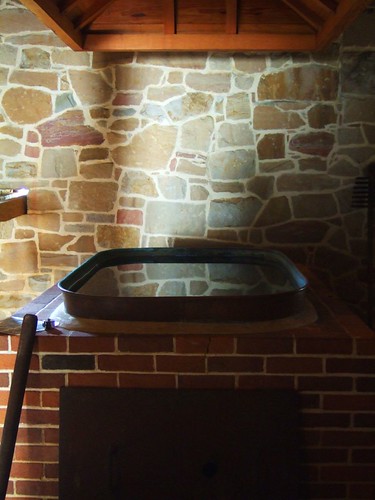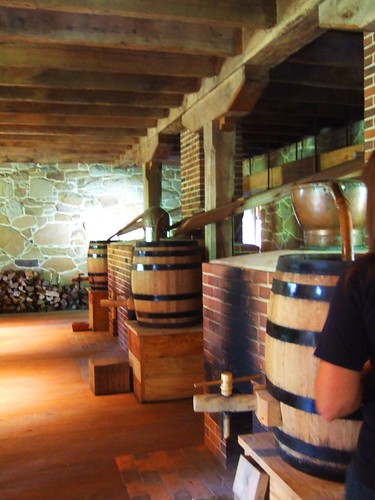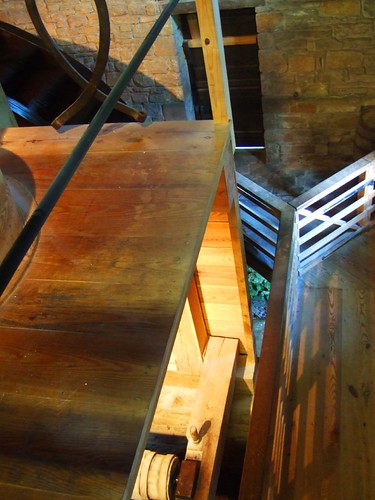Left: My teacher proudly displays a chicken stuffed into a bladder.
The weekend before Pancakes Aplenty, I took a trip down to Pennsbury Manor, the recreated historic homestead of William Penn. I attended a hearth cooking workshop by Past Masters in Early American Domestic Arts to brush up on my skillz.
The featured recipe we recreated was from an 18th century source, “Chickens in Bladders.” You essentially take two small chickens, stuff them with a bread crumb and oyster dressing, then tuck meatballs under the skin, then shove the whole thing in a cow’s bladder. Our teacher, Clarissa, stretched out the cow’s bladders by cutting off one end and forcing her hands inside, in procedure that looked either like a reverse birth or an old timey freak show. The chickens were then coerced inside and the whole thing was boiled for about two hours. When they came out, they looked like human balloons.
Forcing a chicken into a cow bladder. Photo by Carolina Capehart.
The finished chicken. The bladders were cut open, the chicken removed and carved.
The bladders acted like a sausage casing, keeping all the stuffing in place. The chicken meat was very tender, and flavorful, but the flavor was predominantly of oysters (not my favorite food). It was served atop a “Coolio,” and I was so distracted thinking about the rapper, that I think I may have missed what it actually was. The full recipe, for your enjoyment, is below. You can see more photos from the class here.
Take Ox-Bladders that are ready dry’d, and put them into warm Water to supple them: Cut off the Necks of the Bladders, to make Room for your Fowl to go in, but be sure to leave Room enough to tie them up close; then let your Fowl be drawn, singed, and truss’d to boil, the Legs* cut off, and truss’d close: Take Oysters, if three Fowls, to each a Quart, to a Chicken a Pint, set them, and beard them; take Lumps of Marrow, Chestnuts blanch’d, or Pistachoe-Nut Kernels; season with Pepper, Salt, and Nutmeg, Thyme and Parsly minc’d, and a little Onion; work this up together with grated Bread, a little Cream, and the Yolks of Eggs, and fill the Bellies full of it, and force under the Skin of the Breast with a little light forc’d meat: Put them in your Bladders, and tie them up fast, leaving Room that the Bladders may not break; boil them well, for they will require as much more boiling as without Bladders; then make a Coolio with a Sweetbread or two, a few Cocks-combs, a few Morelles and Trouffles; do not make it too thick; pout it in the Bottom of your Dish; lay your Fowl on it: You may cut off the Bladders, when they are cut up, the inside Forceing will mix with the Coolio: Garnish with Forc’d- meat and sliced Orange or Lemon, and serve it away hot. (The Complete Practical Cook by Charles Carter; London, 1730)
 Right: Cooking ingredients from Deborah’s Pantry; I love the packaging.
Right: Cooking ingredients from Deborah’s Pantry; I love the packaging.
